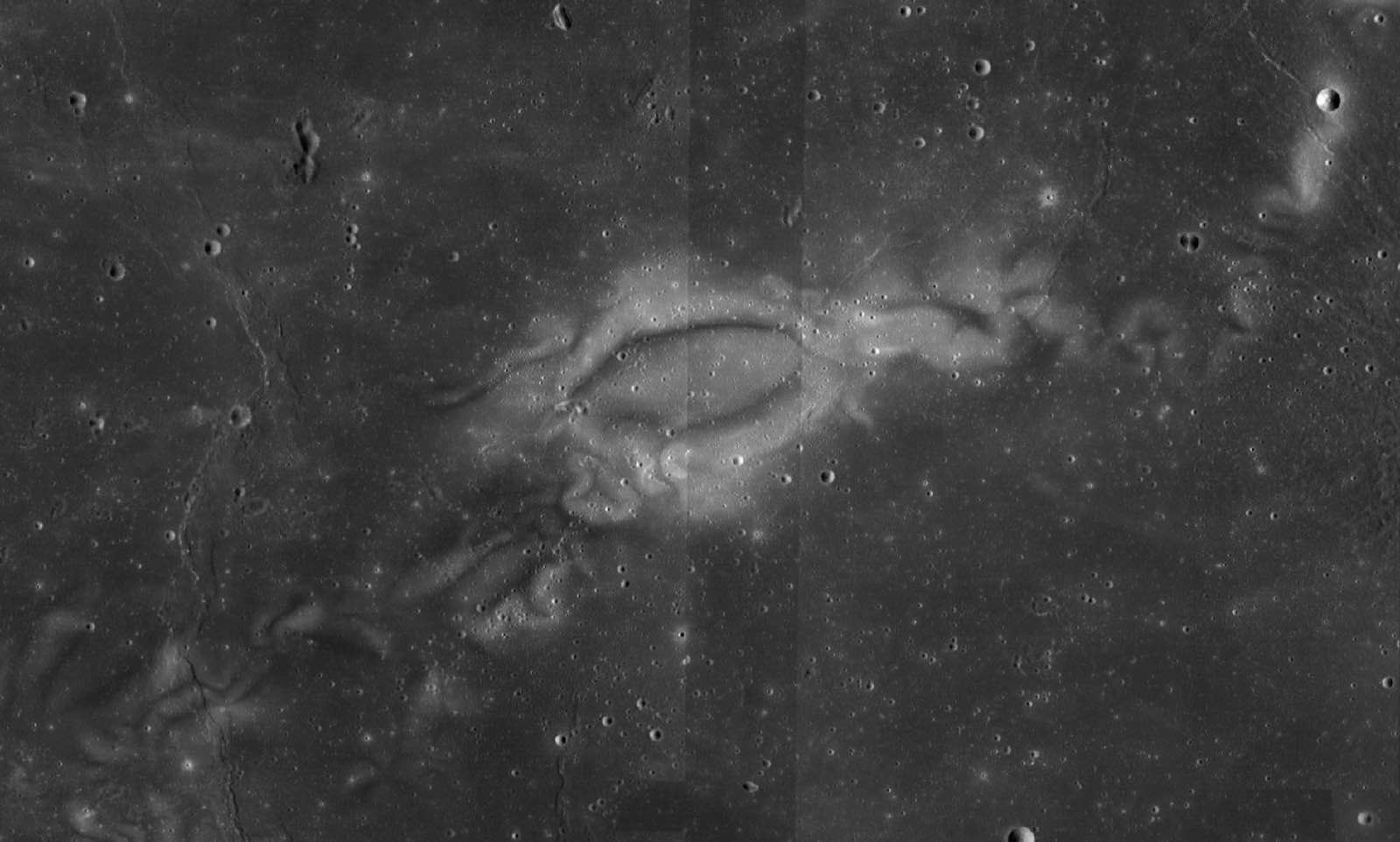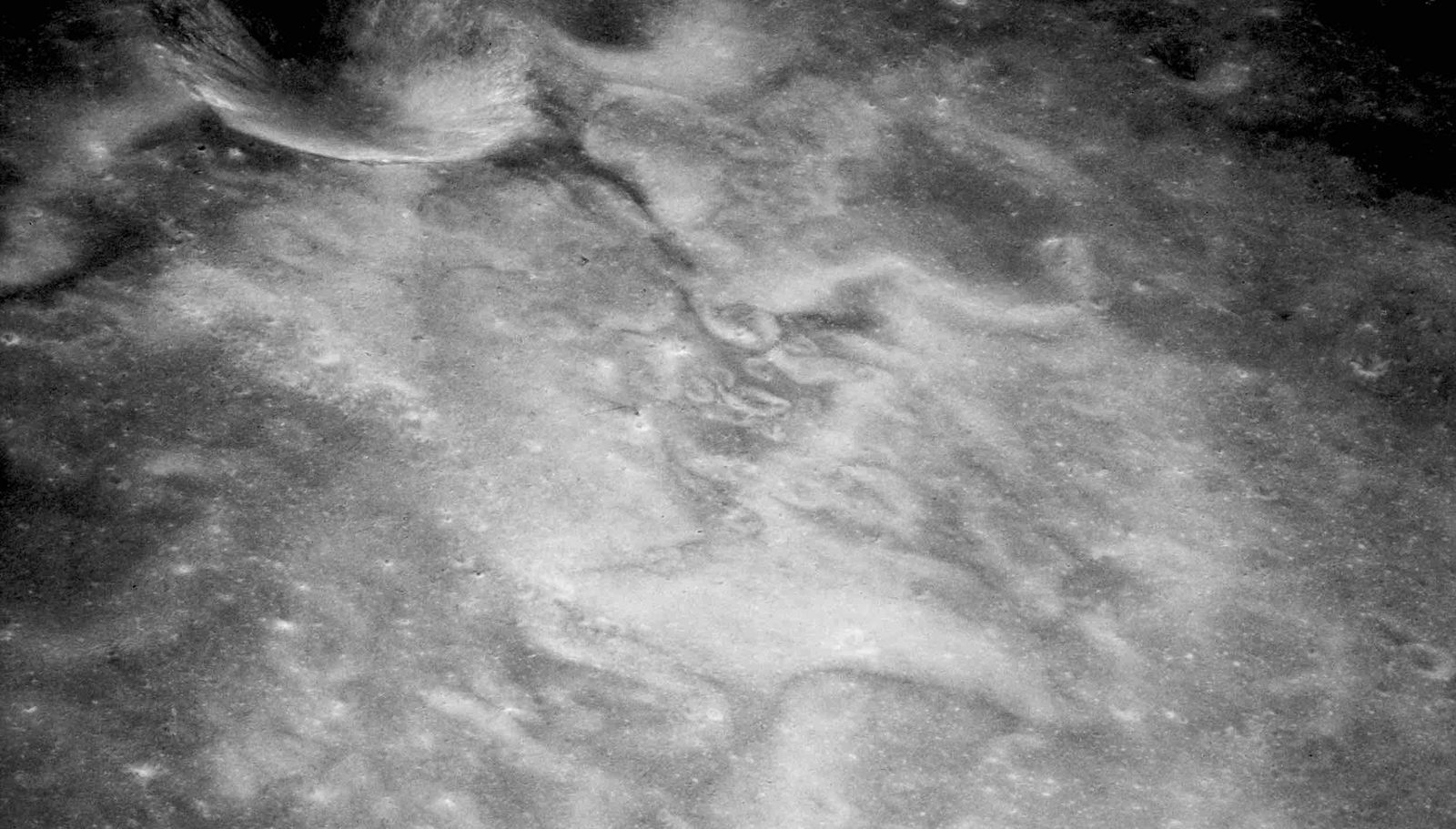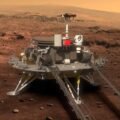Extending for hundreds of miles across the lunar surface, astronomers have long been fascinated by the unusual swirling features that adorn certain regions of the Moon. Known as lunar swirls, these unusual sinuous structures are luminous enough to be seen with any decent telescope on clear nights, although no simple explanation for their appearance has ever been offered.
Intriguingly, it has long been recognized that lunar swirls coincide with areas where magnetic anomalies exist on the Moon, each associated with its own unique swirling structure. The origins of these odd swirls have remained a contentious topic for lunar researchers since NASA first undertook initial orbital magnetic field mapping during Apollo-era missions, particularly since the Moon presently has no active global magnetic field.
Now, new research is closing in on what causes these unique formations, with the help of new scientific modeling and other data obtained with the help of NASA spacecraft.
According to new findings that build on existing knowledge about their magnetic nature, recent data is helping to confirm that rocks within lunar swirls are magnetized, causing them to deflect the constant bombardment of the Moon by solar wind particles in these regions.


Gradually, over long periods, nearby rocks that receive this redirected solar wind bombardment become darkened by chemical reactions following impact. This coloration contrasts sharply with the swirling areas present with the magnetic field anomalies, leaving the question of how these swirling magnetic mysteries might have formed.
Michael J. Krawczynski, an associate professor of Earth, environmental, and planetary sciences in Arts & Sciences at Washington University in St. Louis, thinks he may have an answer.
“Impacts could cause these types of magnetic anomalies,” Krawczynski recently said, noting the frequent deliveries of metallic iron to the lunar surface when meteorites collide with it. However, he also concedes that some of the lunar swirls don’t appear to show any signs of impact.
“We’re just not sure how an impact could create that shape and that size of thing,” Krawczynski says.
One alternative Krawczynski and his colleagues propose is that there could be something beneath the surface that gives rise to these unusual formations.
“Another theory is that you have lavas underground, cooling slowly in a magnetic field and creating the magnetic anomaly,” Krawczynski says. In the recent research involving these lunar anomalies, Krawczynski designed experiments to help evaluate this possibility, measuring how atmospheric chemistry and the cooling of magma, especially with relation to the mineral ilmenite, might result in magnetic “pockets” the likes of which are associated with the lunar swirls.
Krawczynski and his colleagues say that rocks here on Earth can become magnetized very easily due to the presence of magnetite many of them possess. The same can’t be said so easily for the Moon, however.
“A lot of the terrestrial studies that have focused on things with magnetite are not applicable to the moon,” he says since magnetite is not present there.
Ilmenite, on the other hand, is found in great quantities on the lunar surface. Under the right conditions, this mineral can also react and form particles of metallic iron, which become magnetized.
Yuanyuan Liang, the first author of the team’s new study, says he and his colleagues had been working with grains that they found “seemed to create stronger magnetic fields because the surface area to volume ratio is larger for the smaller grains compared to the larger grains.”
“With more exposed surface area, it is easier for the smaller grains to undergo the reduction reaction,” Liang said.
Krawczynski said that the experiments undertaken by the team helped to confirm that the materials they studied could be magnetized under conditions that occur on the Moon.
According to Krawczynski, “It’s plausible that these swirls are caused by subsurface magma.” Insights into these longstanding lunar mysteries could help to significantly advance not just our understanding of the magnetic anomalies themselves but also how the Moon formed.
The team’s research may also have applications that will be helpful for future missions that will explore the anomalous magnetic regions of the lunar surface, areas where currently no astronaut has ever visited. In 2025, NASA currently has plans to send a robotic rover to the Reiner Gamma lunar swirl under the Lunar Vertex mission.
While additional information from such missions will help fill in the missing puzzle pieces, for now, Krawczynski says that underground magma containing high titanium is the best bet in terms of producing the magnetic anomalies based on his team’s recent studies.
“We have seen hints of this reaction creating iron metal in lunar meteorites and in lunar samples from Apollo,” Krawczynski said in a statement. “But all of those samples are surface lava flows, and our study shows cooling underground should significantly enhance these metal-forming reactions.”
Krawczynski adds that if only future lunar exploration could allow for drilling at the location of these enigmatic swirling features, “we could see if this reaction was happening.”
“That would be great, but it’s not possible yet,” Krawczynski says. “Right now, we’re stuck with the surface.”
Liang and Krawczynski published their findings in a new study, “Possibility of Lunar Crustal Magmatism Producing Strong Crustal Magnetism,” along with co-author S. M. Tikoo in the Journal of Geophysical Research: Planets.
Micah Hanks is the Editor-in-Chief and Co-Founder of The Debrief. He can be reached by email at micah@thedebrief.org. Follow his work at micahhanks.com and on X: @MicahHanks.

